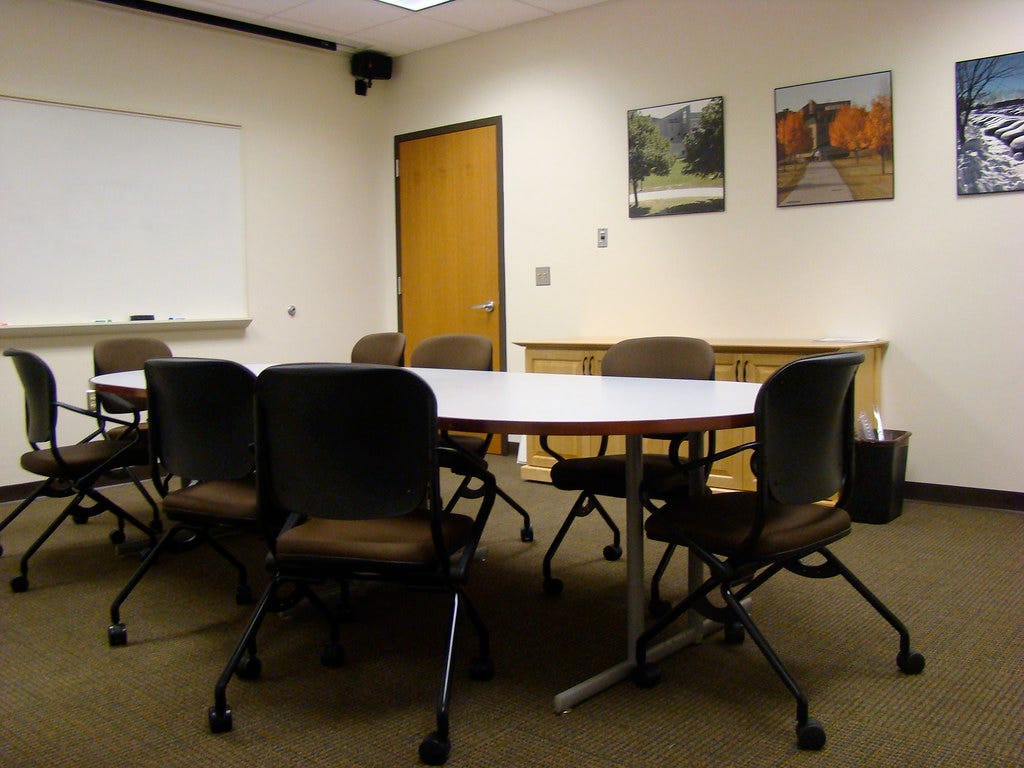Brenda Smith: The Quiet Work of Collaboration
“There's zero correlation between being the best talker and having the best ideas.”
Current director of High Desert Partnership, a nonprofit organization in Harney County, Oregon that seeks to find common ground through collaboration.
It is a wonder to me to watch and listen to someone who can seemingly think and speak—all at the same time. They seem to relay a verbal stream of consciousness that makes sense. And, you say—well isn’t that what all people do? You would think the answer would be a “yes”. Yet, I am that person who first has to consider, process and think before I speak. And, when given the choice between speaking and listening, I much prefer listening. I'm an introvert in an extrovert’s world. Somehow, though, I find myself surrounded by introverts in Harney County with the collaborative work I do with High Desert Partnership (HDP).
Finding new voices through collaboration
Starting off in kindergarten, my teacher recommended to my parents to enroll me in summer school because she wasn’t sure I could even speak. And, thus, it began at a very young age—me always trying to overcome my introverted nature, practicing, preparing and leaning heavily on props for public speaking. To this day, I find it very difficult to figure out when to get in a word in most meeting formats. When and if the moment does open up, I usually have forgotten what to say.
These problems persisted until I found true collaboration. The reason is simple: collaboration helps level the playing field for introverts, those that might have good thoughts, ideas and solutions but process and communicate differently than extroverts. A true collaborative process enables all voices to be heard and hopefully have a place at the table.
Recently, I came upon “Quiet: The Power of Introverts in a World that Can’t Stop Talking,” a work by Susan Cain. A key lesson stuck with me: when we let introverts do their thinking (and usually in a quiet place), they can bring a different type of creativity and ideas to the collaborative table. So every meeting should make time and space for this sort of thinking. After all, we need all kinds of thinkers and doers to help solve complex problems. Every meeting process should do three things:
ensure everyone at the table has a chance to offer their input,
guarantee that input of every participant is truly considered, and,
assign someone to enforce that process to make sure we can do our best work together.
What’s the secret to this sort of collaboration?

I'm often asked what’s behind HDP’s brand of collaboration and there are several components, like having a very skilled facilitator, developing relationships before sitting around a table together, and more. More includes a lot of things, but, I recently decided, it most certainly includes an appreciation for both introverts and extroverts. More, in other words, includes the value of fewer, yet intentional words. More includes a recognition that there is power in quiet and that the quiet person at the table is an asset, not a behavior to change or correct. In fact, that power might be a superpower. The quiet person is likely a great listener, adept at picking up body language cues, noticing mood shifts, and does have something of value to say among the chatter.
As Susan Cain shared: “There's zero correlation between being the best talker and having the best ideas.” Here in Harney County we have a lot of quiet places. Introverts are welcomed and free to find their refuge. When they arrive, their voice will be heard. I know because I’ve seen the extrovert/introvert balance that exists at collaborative tables here in Harney. The power dynamic that comes with being the most skilled at articulating thoughts has room at the table for the quiet power of listening as well.
************************************
Keep the conversation going:
Facebook (facebook.com/oregonway), Twitter (@the_oregon_way)



